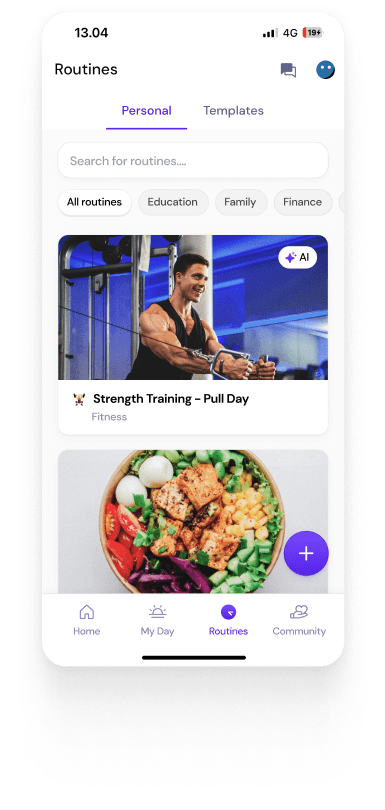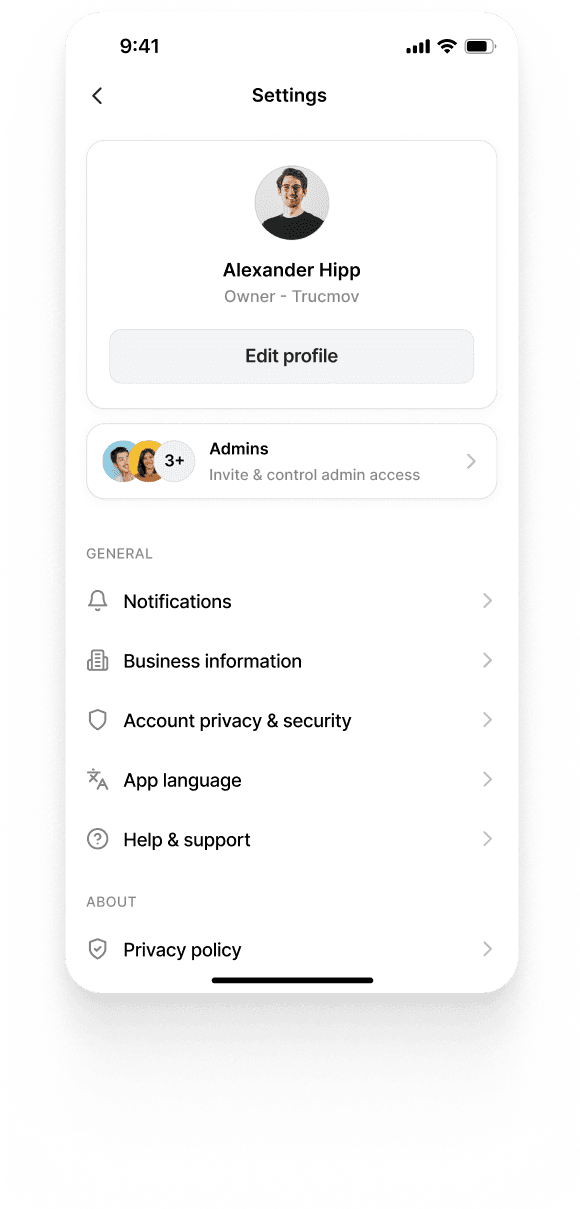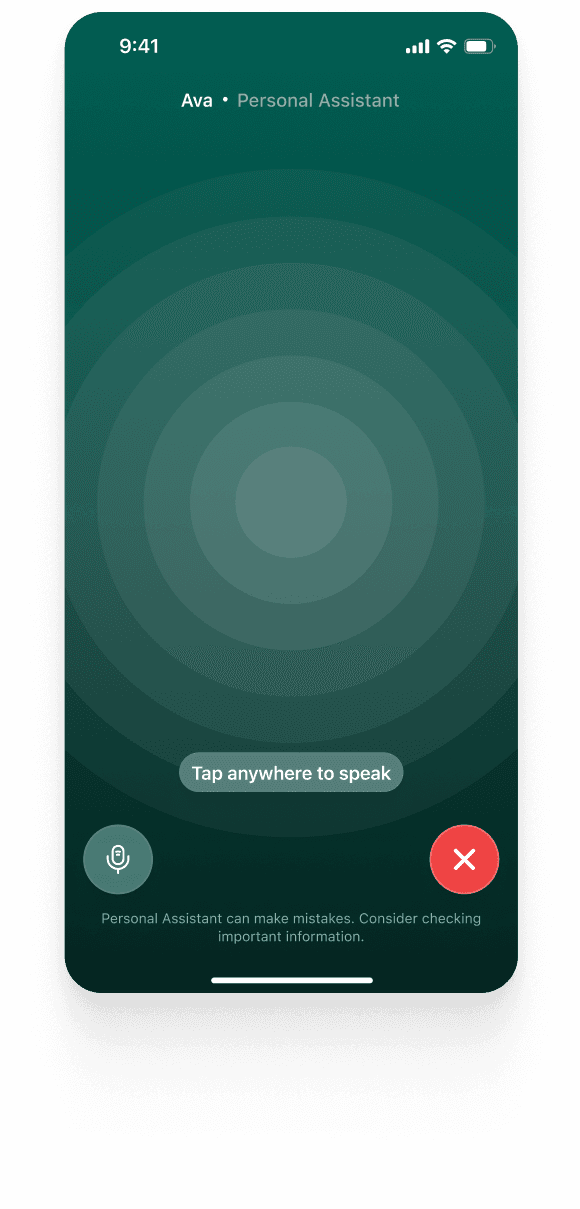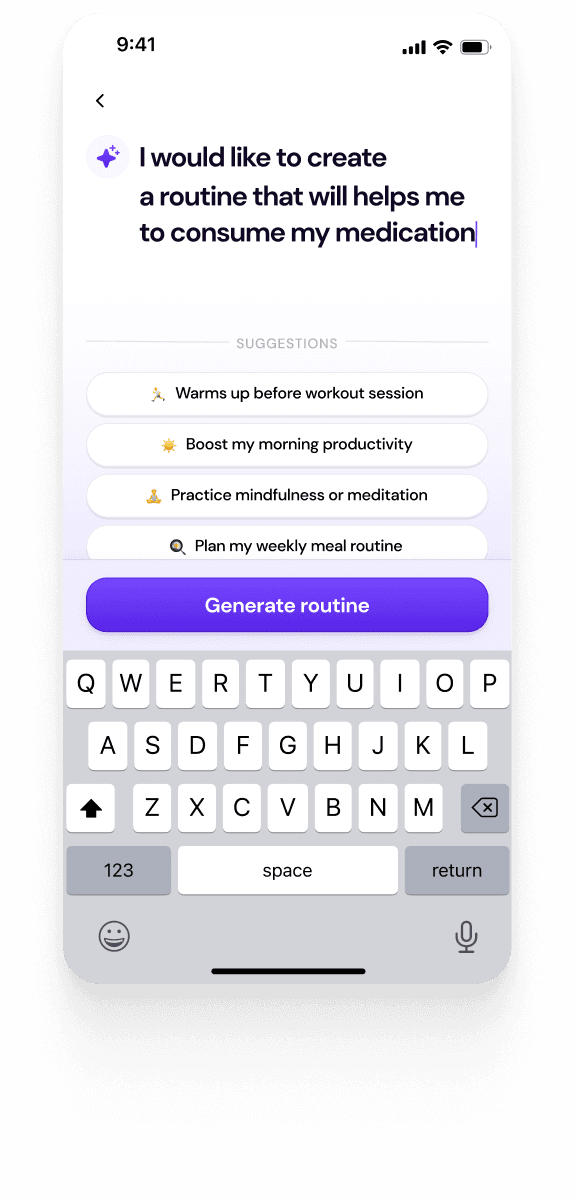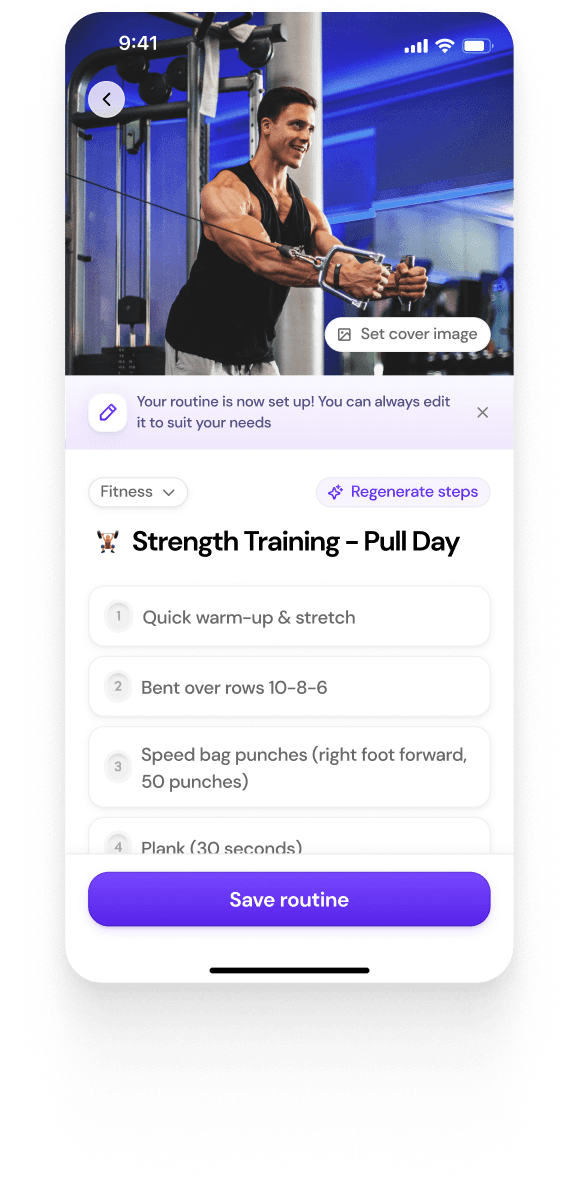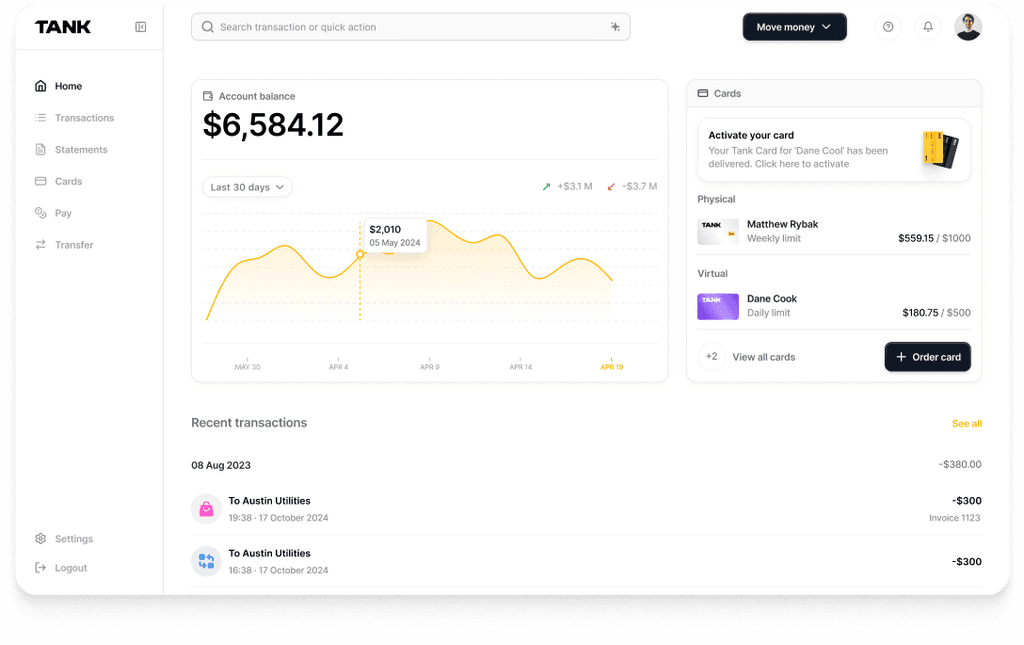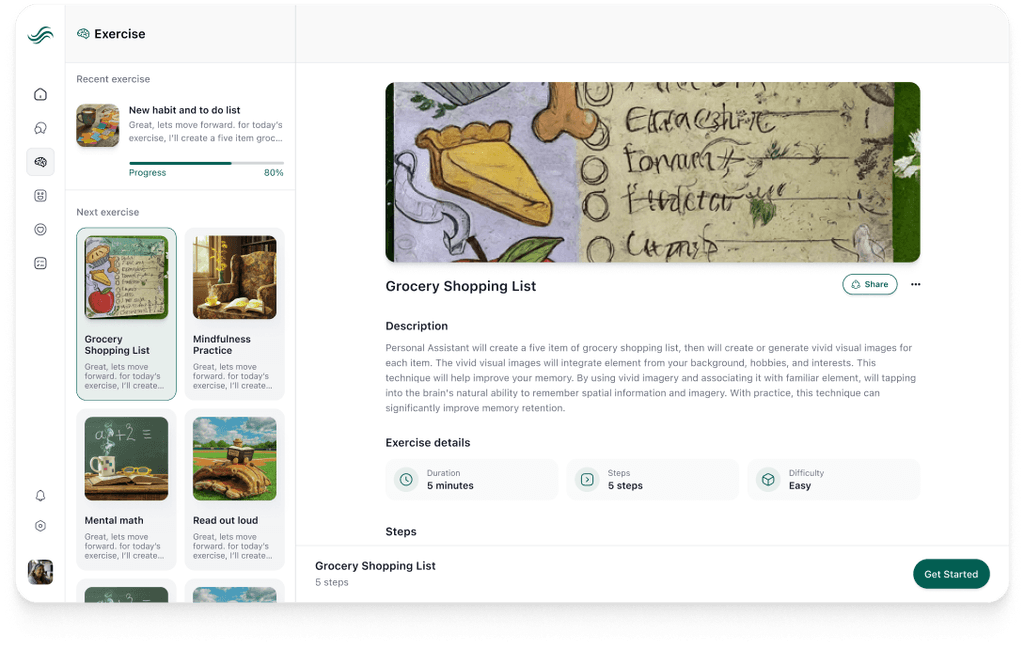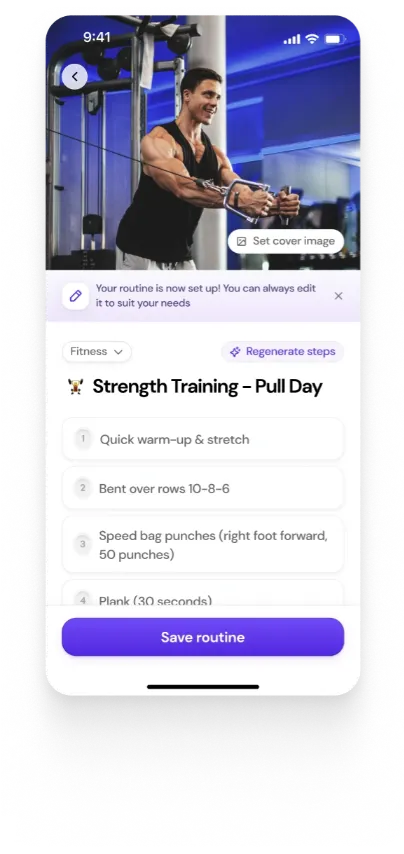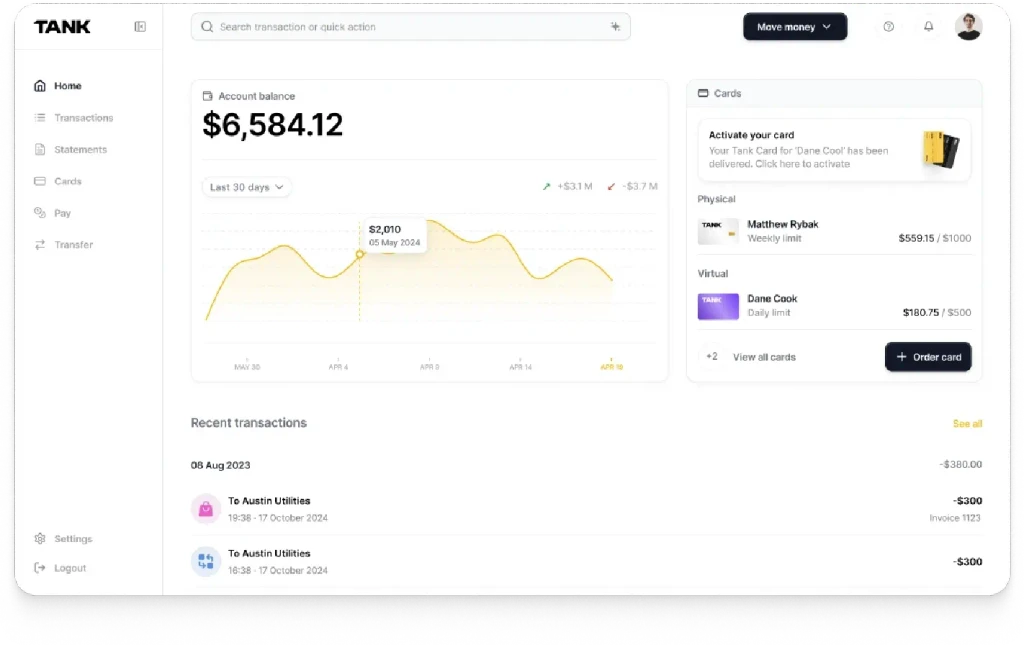From Idea to MVP: Accelerating Product Development with AI OS
Summary
AI-powered operating systems are revolutionizing product development by automating ideation, prototyping, engineering, and deployment. They enhance speed, efficiency, and decision-making, reducing time-to-market while maintaining quality. AI OS platforms streamline workflows, optimize resource allocation, and improve scalability. Companies like Steve exemplify how AI OS enables rapid MVP development while balancing automation and human oversight.
Key insights:
AI OS Accelerates MVP Development: AI-powered systems automate research, prototyping, coding, and testing, significantly reducing time-to-market.
Enhanced Decision-Making: AI OS analyzes real-time data to optimize market positioning, refine product ideas, and improve user engagement.
Automation at Every Stage: From design to deployment, AI OS minimizes manual effort through automated debugging, predictive analytics, and CI/CD integration.
Improved Resource Efficiency: AI OS enables teams to focus on strategic tasks by automating repetitive processes, reducing inefficiencies.
AI-Powered Prototyping & Testing: Tools like AI-driven wireframing, usability testing, and predictive modeling ensure faster iterations and better product-market fit.
Balancing AI & Human Oversight: While AI accelerates development, human supervision remains crucial to ensure ethical decision-making and mitigate bias.
Introduction
Bringing an idea to life and transforming it into a Minimum Viable Product (MVP) is a complex and resource-intensive process that requires careful planning, technical execution, market validation, and continuous iteration. Since traditional development cycles are frequently hampered by inefficiencies, unforeseen difficulties, and a lack of resources, many product teams find it difficult to strike a balance between speed and quality. Market research, prototyping, design, development, testing, and deployment are all phases that require a great deal of time, coordination, and experience from inception to launch, which causes delays and higher expenses.
A paradigm shift in product creation has been brought about by advances in artificial intelligence, which have streamlined the entire lifecycle through automation, predictive analytics, and astute decision-making. Businesses may now improve engineering workflows, automate prototyping, speed up ideation, and streamline deployment procedures with AI-powered operating systems (AI OS). In order to drastically cut time-to-market, these technologies serve as intelligent co-pilots, helping teams find market opportunities, create design prototypes, improve code, and automate quality assurance.
This article examines how AI OS can help speed up product development, focusing on important topics including automated deployment, AI-assisted engineering, rapid prototyping, AI-driven ideation, and market research. We will also look at AI OS's practical uses, such as how platforms like Steve are transforming product engineering. Lastly, we will go over the difficulties and factors that companies need to take into account when incorporating AI OS into their development processes, making sure that automation and human supervision are balanced.
Key Benefits of AI OS
Speed, efficiency, automation, and improved decision-making are four key advantages that businesses may get by incorporating AI OS into their product development process. These advantages significantly improve their capacity to commercialize ideas:
1. Speed
Before an MVP is prepared for release, traditional product development cycles may take months or even years. By automating crucial processes including research, design, development, and testing, AI OS significantly shortens this timetable. Teams can iterate much more quickly thanks to AI-powered technologies that perform tasks like user input analysis, design optimization, and code debugging in real time rather than taking weeks to complete by hand. Businesses can quickly introduce goods, take advantage of new market trends, and keep a competitive edge thanks to this expedited development cycle.
2. Efficiency
By reducing duplication, inefficiencies, and making teamwork easier, AI OS maximizes resource allocation. Teams can shift their attention from time-consuming, repetitive activities to high-impact projects by implementing intelligent automation. An AI-driven project management software, for instance, can use previous data to enhance workflows, anticipate obstacles, and automatically prioritize development jobs. As a result, the product development process becomes more responsive and agile, with each team member focusing on the most strategically significant activities at any given time.
3. Automation
The capacity of AI OS to automate processes at every level of development is one of its biggest benefits. AI-driven automation decreases human labor while improving output quality in tasks like creating code, testing apps, and releasing updates. By reducing the need for manual involvement in normal procedures, this automation not only expedites development but also lowers operating costs. Companies may now more efficiently deploy their human resources, concentrating on strategic decision-making and innovation instead of time-consuming development cycles.
4. Enhanced Decision-Making
By evaluating enormous volumes of real-time data, spotting patterns, and making forecasted suggestions, AI OS offers data-driven decision support. AI-driven insights guarantee that product teams make well-informed decisions based on tangible market signals and user behavior patterns, in contrast to conventional decision-making methods that depend on gut feeling or static reports. Businesses may more confidently and precisely refine their MVP with the help of AI-powered analytics dashboards that offer real-time visibility into critical performance parameters. Product-market fit is more likely to be achieved, user engagement is enhanced, and product launches are more successful as a result.
Understanding the Product Development Lifecycle

A systematic strategy is necessary to turn an idea into a successful product, with each step significantly influencing the end result. Ideation, research, design, development, testing, and launch are the six essential phases in the conventional product development lifecycle. Despite being necessary, these stages frequently bring inefficiencies that impede innovation, raise expenses, and slow down development. Comprehending these obstacles is essential for streamlining processes and utilizing AI-powered operating systems (AI OS) to boost productivity and enhance judgment.
1. Ideation: Conceptualizing the Product
Finding market gaps, developing and refining product ideas, and coordinating ideas with corporate objectives are the first steps in the process. Setting priorities can be challenging, and decisions are frequently influenced by prejudices. Because traditional brainstorming is imprecise, validation takes a long time. In order to solve this, AI OS analyzes market trends, spots opportunities, and offers data-driven insights for effective concept refinement.
2. Research: Understanding Market Needs
The next step is thorough market research, which includes trend forecasts, competitor analysis, and customer insights. Conventional research techniques, such focus groups and surveys, take a lot of time and frequently miss changes in the market in real time. The main challenge is in sifting through enormous volumes of data while guaranteeing precise findings. By analyzing massive datasets, gleaning important insights, and forecasting customer behavior, AI OS speeds up this stage and empowers teams to move swiftly on well-informed decisions.
3. Design: Prototyping and UX/UI Development
To ensure user-friendly and captivating interactions, the design phase concentrates on interface development and user experience. However, progress is frequently slowed by protracted iteration cycles, a lack of alignment between developers and designers, and subjective design choices. Many usability problems do not show up until much later, which raises the expense of revision. AI-powered design tools greatly cut down on iteration time and increase productivity by automating wireframing, optimizing layouts, and providing real-time user input.
4. Development: Building the Product
Coding, system integration, and infrastructure preparation are all part of software development. Significant obstacles include lengthy development cycles, inefficient debugging, and the building of technical debt. Another issue is scalability, since early-stage products frequently find it difficult to meet the increasing demands of users. By automating code generation, debugging, and performance optimization, AI OS improves development by lowering errors and freeing up engineers to concentrate on high-impact jobs.
5. Testing: Ensuring Product Stability
Thorough testing is necessary to find errors, improve performance, and confirm usability. Traditional debugging is reactive rather than proactive, and manual testing is slow and prone to error. Post-launch failures are frequently the consequence of inadequate test coverage. AI-driven testing ensures a robust and dependable product prior to launch by automating the creation of test cases, anticipating system problems, and continuously optimizing performance.
6. Launch: Deploying and Scaling
Launching the MVP, collecting user input, and improving the product in light of practical observations comprise the last phase. Success might be hampered by scalability problems, poor marketing, and uncertainty regarding user acceptability. Through AI-driven marketing campaigns, automatic user interaction tracking, and predictive analytics, AI OS improves launch plans, guaranteeing quicker iterations and higher adoption rates.
There are obstacles at every stage of the product development lifecycle that can impede advancement and raise expenses. It is challenging to remain competitive with traditional approaches since they rely on manual processes, sluggish research cycles, and reactive decision-making. Operating systems driven by AI revolutionize development by streamlining processes, improving judgment, and streamlining each step of the procedure.
The Role of AI OS in Accelerating Development
The traditional lifecycle has been transformed by the incorporation of AI-driven operating systems into product development, which has significantly shortened time-to-market and increased efficiency at every level. AI helps businesses to use automation, machine learning, and predictive analytics from conception to implementation to improve decision-making, expedite procedures, and spur innovation.
1. Ideation & Market Research
Because AI-driven operating systems make ideation and market research easier, they have completely changed the early phases of product creation. Large datasets from social media, industry reports, and financial filings are aggregated by AI-powered trend research tools to find new trends and help firms predict market changes before they become widely accepted. Using natural language processing (NLP), automated competition analysis analyzes rivals' price plans, product roadmaps, and customer reviews to provide useful information for improving product positioning. In a similar vein, AI-powered customer sentiment analysis analyzes millions of reviews and social media exchanges to identify unmet customer wants, improving the original product idea. Use cases like AI-driven surveys streamline consumer research, cutting down on time and bias in feedback collecting, and GPT-based idea generators offer structured brainstorming support, producing creative solutions based on contextual inputs.
2. Rapid Prototyping & Design
Prototype development time has been greatly shortened using AI-powered wireframing and UI/UX design tools. Designers can create intricate wireframes and interactive prototypes with no manual involvement thanks to platforms like Figma AI and Uizard, which automate layout recommendations based on user behavior data and industry best practices. By analyzing how people are expected to interact with a product, AI-driven predictive modeling enables automatic design optimization that improves usability and engagement. Real-time interface refinement is achieved via machine learning algorithms that evaluate past user interaction data to recommend changes.
The quantifiable efficiency advantages attained by startups and corporations alike are demonstrated via case studies of AI-assisted product design, where businesses have reduced prototype iteration cycles from weeks to days. Rapid development and validation of user-centric solutions is ensured by AI's capacity to produce and test several design variations at once.
3. AI-Driven Development & Engineering
With low-code and no-code platforms, AI is transforming software development by facilitating quicker iterations and lowering the need for large engineering teams. AI OS platforms include tools like OpenAI and GitHub Copilot that help developers by automating tedious coding processes, suggesting whole functionalities based on minimum input, and producing contextually appropriate code snippets. This lowers the possibility of human error and drastically cuts down on development time. By spotting code trends that could result in inefficiencies or vulnerabilities, advanced AI models also help with debugging by proactively proposing fixes before deployment. Businesses that use AI-powered development environments report significant increases in code pace and quality; some even report a 50% reduction in time-to-market. Businesses may iterate on products at previously unheard-of speeds and respond quickly to changes in the market by using AI-assisted engineering methods.
4. Automated Testing & Deployment
Quality assurance procedures are automated by AI-driven software testing, which finds errors, weaknesses, and performance snags without the need for human interaction. Proactively resolving common failure spots before they become serious problems is made possible by machine learning models that have been trained on large codebases. By automating build validation, regression testing, and deployment procedures, AI-powered continuous integration/continuous deployment (CI/CD) pipelines enable smooth software releases. By using predictive analytics to evaluate pre-launch risks, these pipelines make sure that software satisfies performance standards before being made available to end users. AI-enabled deployment monitoring technologies, which dynamically modify server loads and mitigate real-time anomalies, further optimize system performance after launch. AI OS frameworks drastically shorten development cycles by automating these customarily laborious procedures, guaranteeing that upgrades and new features are released effectively and with the least amount of disturbance.
Businesses can bring high-quality goods to market more quickly than ever before, minimize inefficiencies, and accelerate innovation by incorporating AI OS seamlessly into every stage of product development.
Challenges & Considerations
Businesses must carefully manage the issues presented by AI OS platforms, even though they have a lot to offer in terms of speeding up product development. The danger of relying too much on AI is one of the main worries, since this could result in less human oversight and a higher chance of mistakes that go undiscovered. Making poor decisions might arise from relying too much on AI-generated insights without critically analyzing them by humans, especially when AI misinterprets consumer demands or market trends.
Since AI OS platforms mostly rely on massive datasets to train their models and optimize operations, data privacy is yet another important consideration. Businesses must adopt strong encryption, anonymization, and access restrictions to prevent illegal data usage in order to maintain compliance with data protection laws like the CCPA and GDPR. Consumer confidence in AI-driven solutions may be weakened if privacy concerns are not addressed, as this could result in fines and harm to one's image.
Because machine learning algorithms frequently mirror the biases seen in their training data, AI bias is still a major problem. AI models have the potential to reinforce social and economic inequality by producing discriminating results if they are not adequately moderated. To guarantee that AI-driven judgments are just and equal, organizations must diversify training datasets and put strict bias detection procedures in place. Sustaining ethical AI practices requires regular audits and open AI governance guidelines.
To reduce these dangers, it is essential to strike a balance between AI automation and human supervision. Although AI can increase productivity, human knowledge is essential for strategic planning, ethical considerations, and contextual decision-making. To make sure AI enhances crucial decision-making processes rather than takes their place, businesses must set up explicit frameworks for human-AI collaboration.
Another important factor to take into account is choosing the appropriate AI operating system, since various platforms differ in terms of their integration potential, scalability, and capabilities. Businesses should assess AI operating system solutions according to their own business requirements, making sure that they are compatible with current processes, security specifications, and legal requirements. Before acceptance, consideration should be given to elements like model transparency, modification flexibility, and continuing support.
Businesses may optimize the advantages of AI OS while reducing risks by proactively tackling these issues, guaranteeing that AI-driven development stays effective and accountable.
AI OS in Action: Steve’s Approach to AI-Powered Product Innovation
As the first AI Operating System, Steve transforms product development by integrating AI-driven automation, intelligent decision-making, and seamless collaboration tools into a single, unified ecosystem. It eliminates inefficiencies in traditional workflows and enables businesses to ideate, build, deploy, and optimize products with unprecedented agility.
1. AI-Enhanced Ideation & Market Research
Steve’s centralized AI hub leverages real-time analytics and market intelligence to identify trends, assess risks, and validate product ideas before investment. With AI-generated insights, businesses can rapidly test market viability and make data-driven decisions. The shared memory system ensures that teams across different functions have access to up-to-date AI-generated intelligence, fostering smarter collaboration.
2. Intelligent Prototyping & UX Optimization
With Steve’s AI-guided design and prototyping capabilities, teams can generate wireframes, create interactive simulations, and refine UI/UX elements based on AI-driven user behavior predictions. The system’s adaptive interface continuously evolves based on user feedback, ensuring products meet usability and engagement benchmarks. AI-powered A/B testing and automated iteration cycles further streamline the refinement process.
3. AI-Integrated Development & Engineering Automation
Steve’s AI-assisted development environment simplifies engineering with low-code, no-code, and AI-generated code solutions. By using its language model-powered coding assistant, developers can reduce time spent on debugging, performance tuning, and documentation. The trusted AI marketplace within Steve allows teams to seamlessly integrate additional AI-driven tools, enhancing collaboration across engineering, design, and business functions.
4. Seamless Deployment & AI-Driven Maintenance
Steve automates CI/CD pipelines, intelligent testing, and real-time performance monitoring, enabling smooth deployment and self-healing AI-driven infrastructure. With machine learning-driven diagnostics, businesses can proactively detect performance bottlenecks, mitigate security vulnerabilities, and roll out new features efficiently. AI-powered post-launch analytics offer actionable insights into user engagement and system health, ensuring continuous product evolution.
Conclusion
Operating systems with AI capabilities are revolutionizing product development by improving decision-making, automating processes, and drastically cutting time-to-market. AI OS integrates machine learning, predictive analytics, and natural language processing into each step of development. Organizations may produce reliable Minimum Viable Products (MVPs) with greater accuracy and less resource investment by utilizing AI-powered trend analysis, automated prototyping, intelligent code development, and predictive testing.
AI OS offers both new and existing businesses the chance to improve their product plans, ease development bottlenecks, and spur large-scale innovation. Teams may expedite engineering, simplify market research, and confidently launch products by implementing AI-driven platforms like Steve. Artificial intelligence will play an increasingly important role in product development as it develops further, influencing the next wave of digital innovation. To stay ahead in a fast changing digital landscape, it is imperative that we embrace AI-powered product engineering and fully utilize its potential.
Authors
Unlock AI-Powered Product Development
Accelerate your MVP journey with Steve's AI OS-driven automation, market insights, and engineering efficiency. Leverage AI to streamline ideation, prototyping, and deployment.
References
Mitchell, S. (2024) AI reduces software development time by up to 50%, survey finds, IT Brief Asia. IT Brief Asia. Available at: https://itbrief.asia/story/ai-reduces-software-development-time-by-up-to-50-survey-finds.














